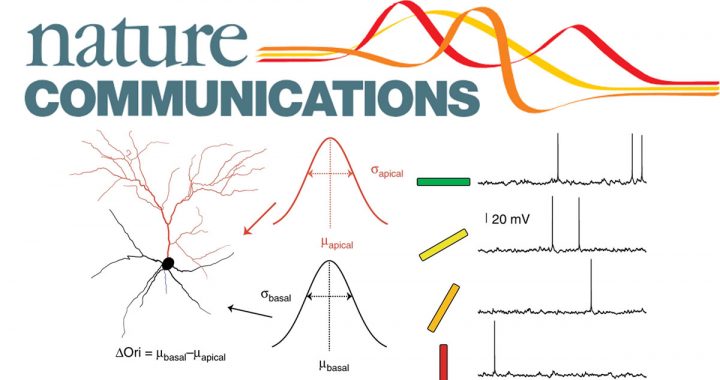Half the credits ain’t fair!
It’s been more than 37 years of science in the making, since Bienenstock, Cooper and Munro proposed their groundbreaking theory of synaptic plasticity to account for seemingly disparate experimental results on feature selectivity emergence in the feline visual cortex. Indeed, their plasticity rule, among a handful of others (Hebbian, STDP, etc), have truly transformed the field and our understanding of how synaptic tuning becomes destiny for a given neuron. But what about the role of dendrites?
Synapses are fine-tuned, but so is dendritic morphology
While many studies in the past have implied an important role for neuronal morphology, a causal link has yet to be established. Why is that?
Well, most theoretical studies reduce a neuron’s complex structure to no more than a few compartments. This strategy saves computational time, but doesn’t really help in illuminating the functional subtleties that underlie a neuron’s fine morphology. Regardless, the barriers raised by experimentation technologies are even more challenging. How can we target and manipulate such fine structures without causing any major damage to the cell?
Barriers are meant to be overcome
In our recent collaboration with Smirnakis lab from the Harvard Medical School (Boston, USA), we were able to tackle the above considerations by employing a hybrid approach of targeted laser dendrotomies and multi-compartmental neuron modeling.
In specific, we were able to dissect the contributions of individual basal / apical dendrites in the orientation tuning profile of L2/3 pyramidal neurons of the primary visual cortex, and go all the way through to establishing causality links. We managed this by leveraging the power of morphologically realistic and biophysically detailed neuron models to: target dendritic branches with the laser ablation protocol, and analyze the electrophysiological / anatomical data by reverse engineering the model behaviour
What insights did we gain?
We found that apical dendrites don’t contribute as much in shaping the feature selectivity of neurons in question. In stark contrast, individual basal dendrites receive and process a gradient of diverse stimuli that upon processing contributes to the orientation tuning emergence.
Reference:
Contribution of apical and basal dendrites to orientation encoding in mouse V1 L2/3 pyramidal neurons. Park, J., Papoutsi, A., Ash, R. T., Marin, M. A., Poirazi, P., Smirnakis, S. M. (2019). Nat. Commu., 26 November 2019. | DOI: https://doi.org/10.1038/s41467-019-13029-0




